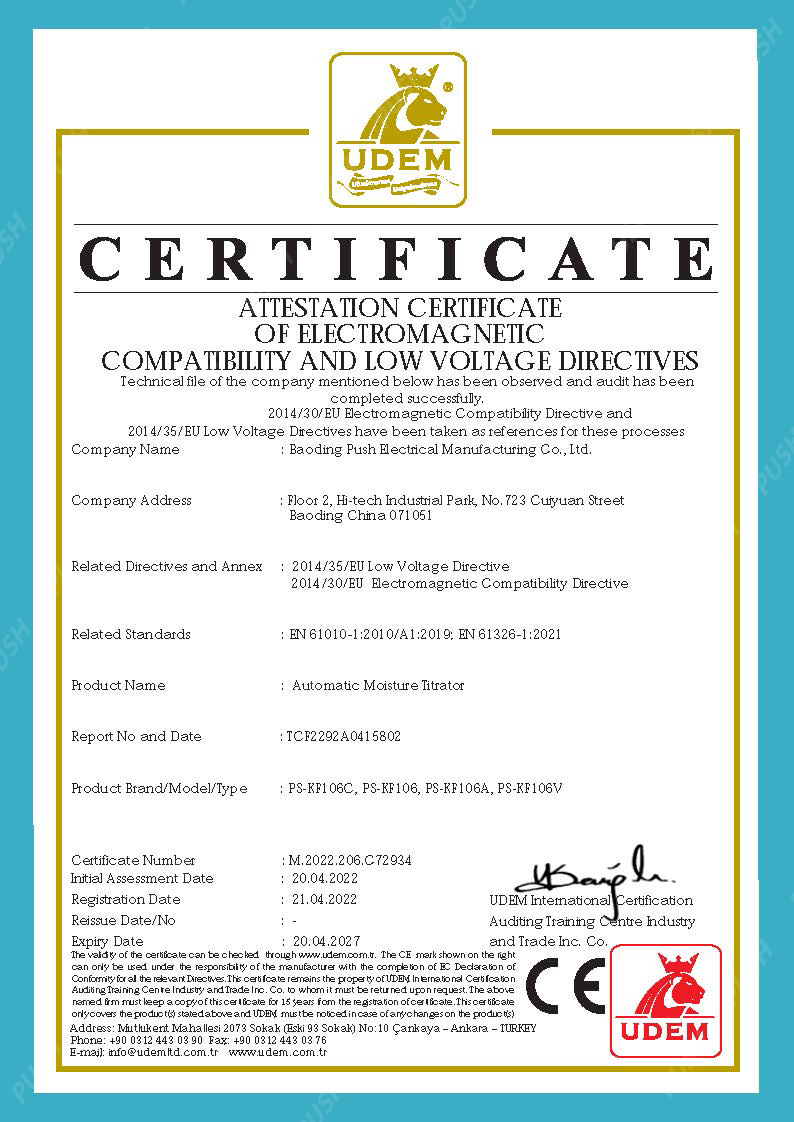 English
English


Understanding PV Insulation Resistance
Understanding PV Insulation Resistance Importance and Testing Methods
Photovoltaic (PV) systems are rapidly becoming a cornerstone of renewable energy generation, capturing solar energy and converting it into usable electricity. One of the critical aspects of maintaining the efficiency and longevity of a PV system is ensuring its insulation resistance. This article explores the significance of insulation resistance in PV systems, its implications for performance, and the methods used for testing.
Understanding PV Insulation Resistance Importance and Testing Methods
Over time, various factors can deteriorate the insulation resistance of PV installations, including environmental conditions, moisture ingress, UV radiation, and physical damage to the components. For instance, prolonged exposure to moisture can lead to corrosion of electrical connections, reducing their performance and safety. Moreover, accumulated dirt and debris can create pathways for current leakage, contributing further to insulation resistance degradation. Therefore, regular testing and monitoring of insulation resistance are crucial.
pv insulation resistance

Quantifying insulation resistance is typically done using a megohmmeter (or insulation tester), a specialized device designed to apply a high voltage to insulated components and measure the resistance. The testing procedure usually involves disconnecting the PV system from the grid and other loads to prevent interference and ensure accurate measurements. The megohmmeter applies a voltage (commonly 500V or 1000V) and computes the resistance by measuring the current that flows through the insulation. The resulting values, often expressed in megohms (MΩ), provide insight into the health of the insulation.
According to industry standards, the insulation resistance for PV systems should ideally be above 1 MΩ per kilowatt of installed capacity. Values significantly below this threshold may indicate potential issues that require immediate attention. If resistance readings fall below 100 kΩ, the system may be at risk of faults, necessitating remedial actions such as repairs or upgrades to ensure safety and performance.
In addition to routine testing, visual inspections play a vital role in maintaining insulation resistance. Regularly checking for signs of wear, corrosion, or physical damage to wires, connectors, and junction boxes can help identify problems before they escalate. Monitoring environmental factors, such as humidity levels and debris accumulation, also helps preserve the insulation quality.
In conclusion, insulation resistance is a fundamental aspect of PV system design and maintenance that directly impacts performance and safety. Regular testing using megohmmeters, combined with thorough visual inspections, can help ensure that PV systems operate efficiently and safely throughout their lifespan. By prioritizing insulation resistance, stakeholders can protect their investments in renewable energy technology while contributing to the broader goal of sustainable energy production.
-
Differences between open cup flash point tester and closed cup flash point testerNewsOct.31,2024
-
The Reliable Load Tap ChangerNewsOct.23,2024
-
The Essential Guide to Hipot TestersNewsOct.23,2024
-
The Digital Insulation TesterNewsOct.23,2024
-
The Best Earth Loop Impedance Tester for SaleNewsOct.23,2024
-
Tan Delta Tester--The Essential Tool for Electrical Insulation TestingNewsOct.23,2024





